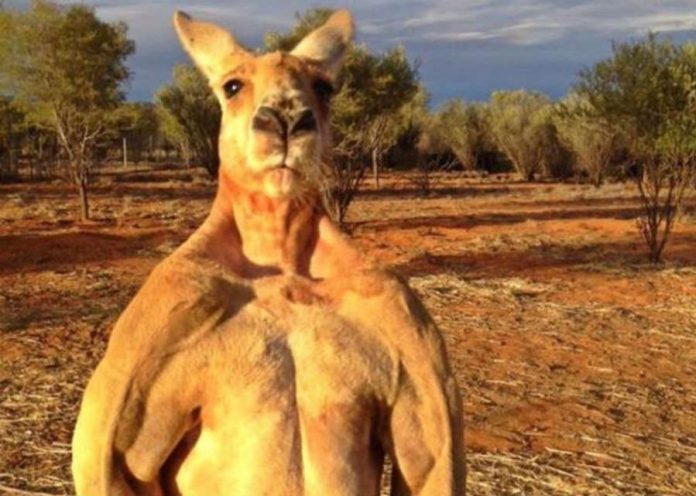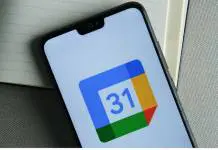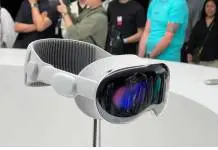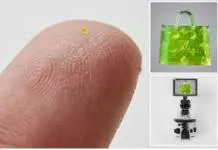
Last week, Volvo Australia said it was struggling with an unlikely obstacle to progress in its self-driving car technology: kangaroos. The automaker’s Large Animal Detection system is confused by the way they move when S90 and XC90 models detect them.
Driverless vehicles by the Swedish manufacturer are already on the streets, but its worldwide, consumer-oriented launch is scheduled for 2021. Volvo provides XC90 SUVs to Uber through a partnership to push autonomous driving technology forward.
NVIDIA announced on Monday that it would provide the hardware for Volvo’s driverless cars upon launch, and Autoliv will take care of software through a new joint venture called Zenuity.
Kangaroos won’t delay the Australian rollout of self-driving cars
Regardless of whether the automaker can figure out how to best identify and avoid wildlife on the road, Volvo Australia’s technical manager David Pickett told ABC that won’t delay the 2021 introduction of self-driving cars to the region.
Pickett characterized as “critical” the problem of kangaroo detection and collision avoidance because more than 16,000 crashes involving the animals happen every year. This issue not only leads to millionaire losses, but also to life endangerment situations and potential death in some cases.
In essence, Volvo’s Large Animal Detection system is not used to tracking animals mid-flight, causing calculation errors that make it seem like kangaroos are farther than they appear on the computer. However, after they land, they look closer.
That is critical for self-driving systems since they rely on sensors and computer-triggered responses to avoid crashes in real time. Swerving out of the way of an incoming kangaroo at the wrong time might result in a collision, a car flip, or an error that leaves the system clueless as to what to do.
What is Zenuity’s goal?
The Large Animal Detection system is only a small part of what makes Volvo a leader in car safety, and it is a platform installed in all its cars. The upcoming driverless vehicles will match these standards with the help of NVIDIA and Autoliv.
NVIDIA hardware already handles the graphic processing workloads of vehicle display interfaces like that of Tesla cars. Now, its Drive PX supercomputer, a dedicated product for the automotive industry, will make its way into the Swedish-made cars of 2021.
Together with Autoliv, Volvo will create a new company called Zenuity that not only will produce the software that runs on the Drive PX but also license it to other self-driving automakers who want to use it in their cars upon launch.
Source: ABC










